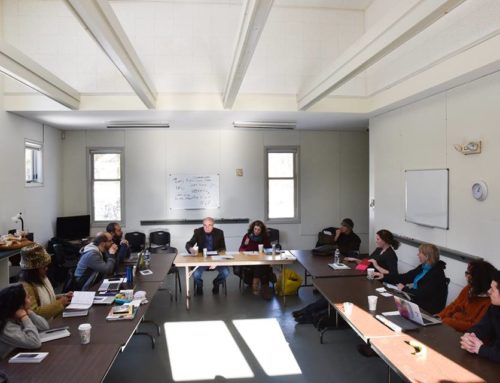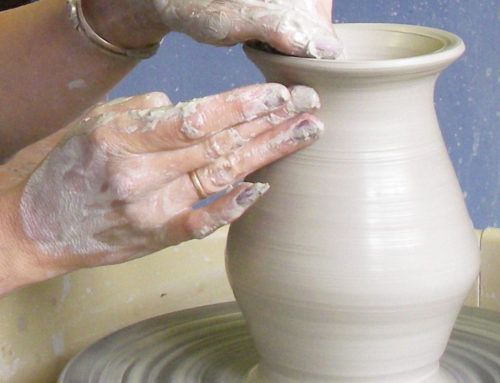My last post introduced a day-long script consulting session I recently had with a client. Here is how it unfolded:
Basically what we spent the day doing was a very hands-on working through of the story scene by scene and crafting a structure that would fit into the basic three act framework. I started by writing “Act I” on a card, then “Act II” on another, and “Act III” on a third and placing them on the table, a couple of feet apart. This gave us from the start a simple structural design to build on—dividing the story into these three time-honored parts of setup, struggle, and solution. (I’ve posted several blogs on these structural story components—see, for example this one from last month.)
Then I asked my client what he thought at this point in the project’s development was needed for an opening scene. He started explaining and I had a blank card and my pencil poised and waiting. When an actual scene idea emerged, I wrote down on the card where the scene took place, the characters involved, and the basic action that took place. Very concise and unadorned, using as few words as possible. When I was finished I placed the card in the “Act I” section of the table.
Then I asked him what he thought was the final scene in the script—where he wanted the story to land. I wrote out another card with the basics of this scene and placed it in the “Act III” section. Next I asked him to give me one scene he knew would have to be in his story if we were going to get from the opening scene to the closing scene. Another card. Again I asked about another scene that was critical for that last scene to make sense. Another card. And what would logically follow. Another card. And what would make sense to come before. Another card. And another and another. And so on.
As we worked through the day and more and more cards were placed on the table, a structural framework for the story began to emerge. A lot of discussion ensued, of course, along the way. Cards would be taken off the table and others added. Some would be moved and placed in a different spot in the progression of scenes. And at times we’d get stuck. When that happened we’d start from the beginning and work through the story as it was developing on the cards. Actually read out loud what was written on the cards. If an answer wouldn’t come when we got to our trouble spot, I’d put a big question mark on a new card and place it where we had a problem in the sequence of emerging scenes.
To be continued…






Leave A Comment